If you visit the famous Vaikunta Perumal temple in Kanchipuram, you will see some wall panels depicting people with unmistakably oriental features. They may seem out of place at the temple, but these sculptures could very well be pointing to our Cambodian heritage! How? Read on to find out.
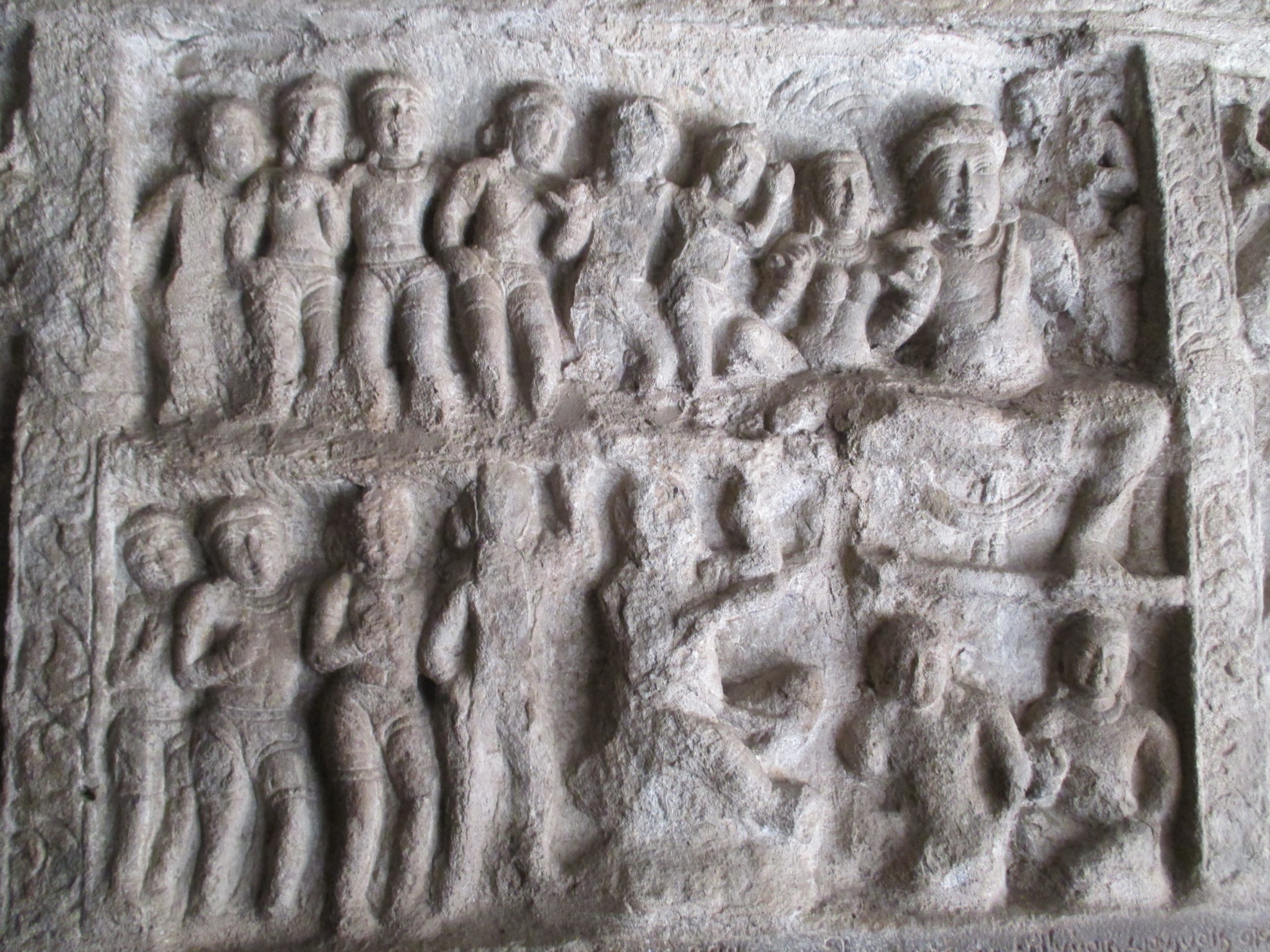
Between the 6th and 8th centuries CE, two dynasties were engrossed in a struggle for supremacy in South India: the Pallavas of Kanchipuram, who ruled most of Tamilnadu with parts of Andhra and Karnataka, and the Chalukyas of Vatapi who ruled most of Karnataka and parts of Maharashtra. Initially, it looked like the Pallavas were winning, but fortunes changed when the Chalukya Prince Vikramaditya II captured Kanchipuram. The Pallava King Parameswara Varman II was shamed into surrendering. Eager for revenge, he regrouped and invaded Chalukya territory around 731 CE. He never returned - he was killed in action.
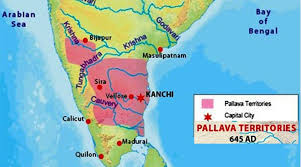
Kanchipuram plunged into a constitutional crisis. Parameswara had no children, so who would run the kingdom now? The nobles conferred and found a solution. They knew that about 140 years earlier, the reigning Pallava king’s brother, Bhima Varman, had migrated to Kambojadesha - present-day Cambodia-Vietnam region. There, he married a local princess, and became its ruler. His descendants still ruled Kambojadesha. If a prince from that family could be brought here and crowned, Kanchipuram could still get a blue-blooded Pallava King! Kambojadesha always had trade ties with Kanchipuram, so an empowered committee promptly sailed to Kambojadesha. Meanwhile, the Pallava army braced itself for a Chalukya attack.
In Kambojadesha, the Committee presented its credentials to King Hiranya Varman, who was Bhima Varman’s descendant. The crown of Kanchipuram was offered to his sons. The first three sons were completely disinterested. But the youngest prince Parameswara Pallavamalla, barely thirteen years of age, accepted the offer. Perhaps, an alien crown in hand (or head!) was worth more than a lifetime of ‘fourth-in-line’ honours! The delighted Committee brought him back and crowned him King Nandi Varman II.
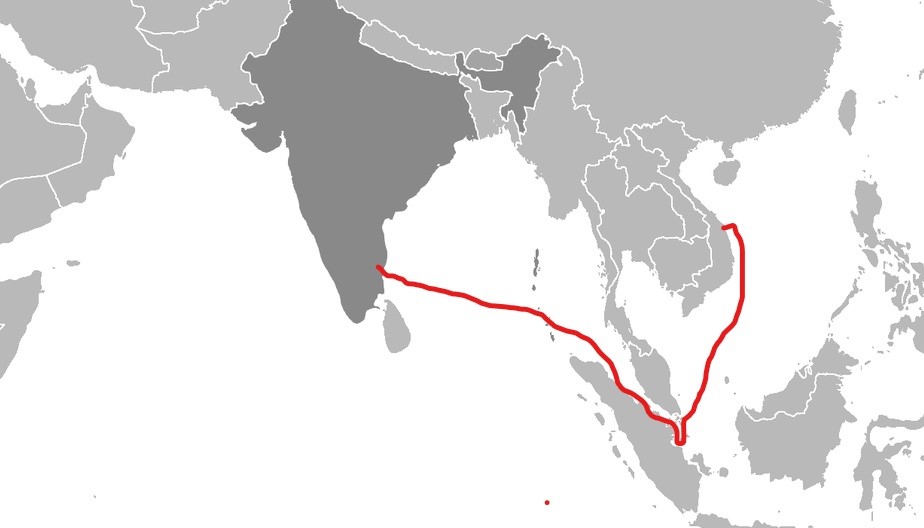
Not long after that, the Chalukyas attacked. They quickly captured Kanchipuram. Nandi, who was a minor and hence a non-combatant, fled to exile with his supporters. But Nandi did not leave a life of princely prosperity back in Kambojadesha, only to become a royal refugee in India! He fought back. In this, he had the unstinting support of his General Udayachandran, who is believed to have been a part of the Committee that sailed to Kambojadesha. Nandi married the daughter of the Rashtrakuta King Dantidurga thereby forming a strategic political and military alliance. Within the next few years, the Chalukya forces were driven out.
Now, Nandi consolidated his position. He defeated the neighbouring kingdoms - Cheras and Pandyas - in various battles and secured the southern and western borders. His army won most of their campaigns, and the Pallava kingdom was restored to its former size and glory.
That was not all. Nandi was an accomplished Tamil and Sanskrit scholar. He encouraged music and literature. Traditional performing arts like ‘Kudiyaattam’ and ‘Chakkiyar Koothu’ received a boost. A pious man, he adopted the Uyyakondan Tirumalai temple (at Karkudi near Trichy) as his family deity; he donated generously to this and many other temples. The Mukteswar and Vaikunta Perumal temples at Kanchipuram were his creations.
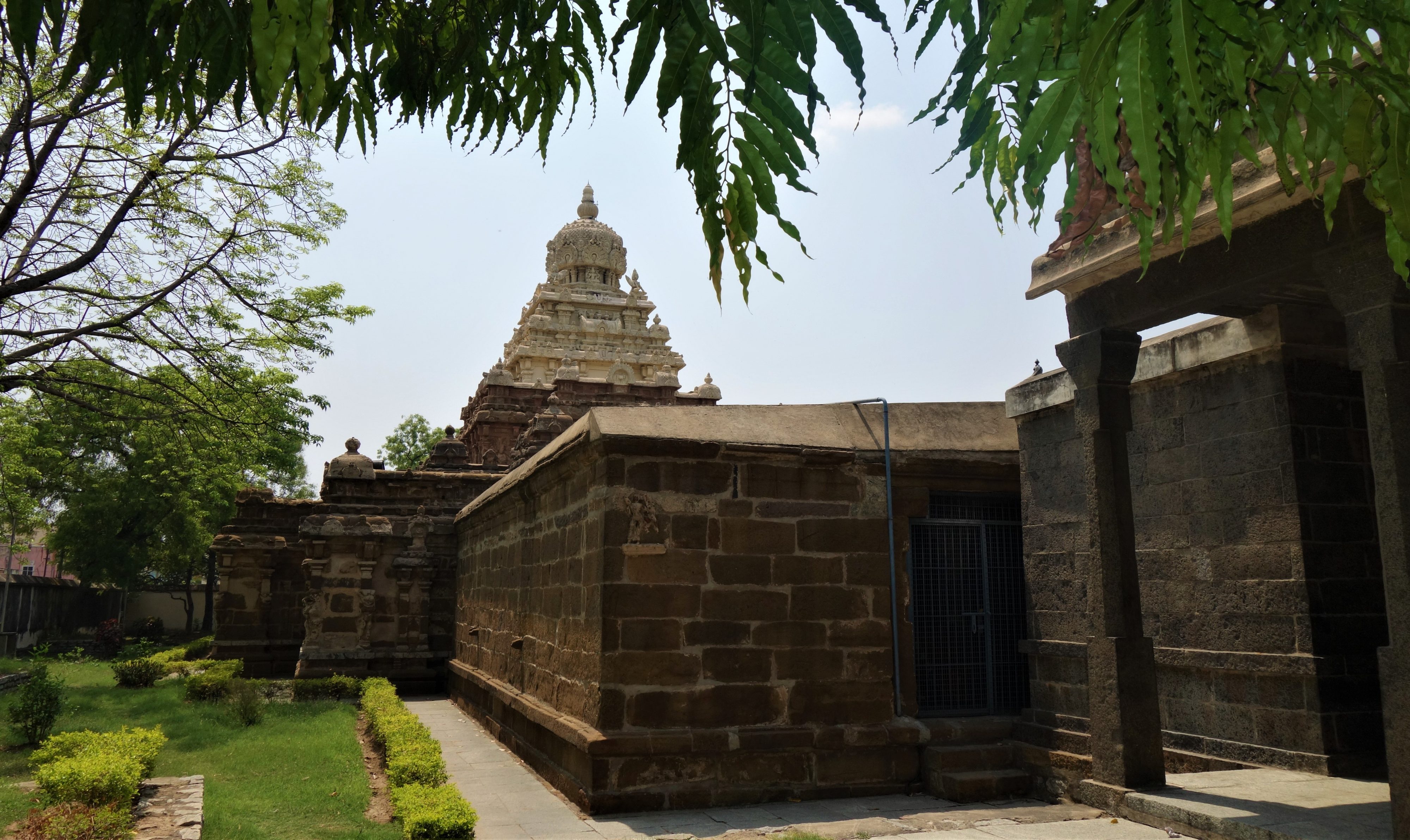
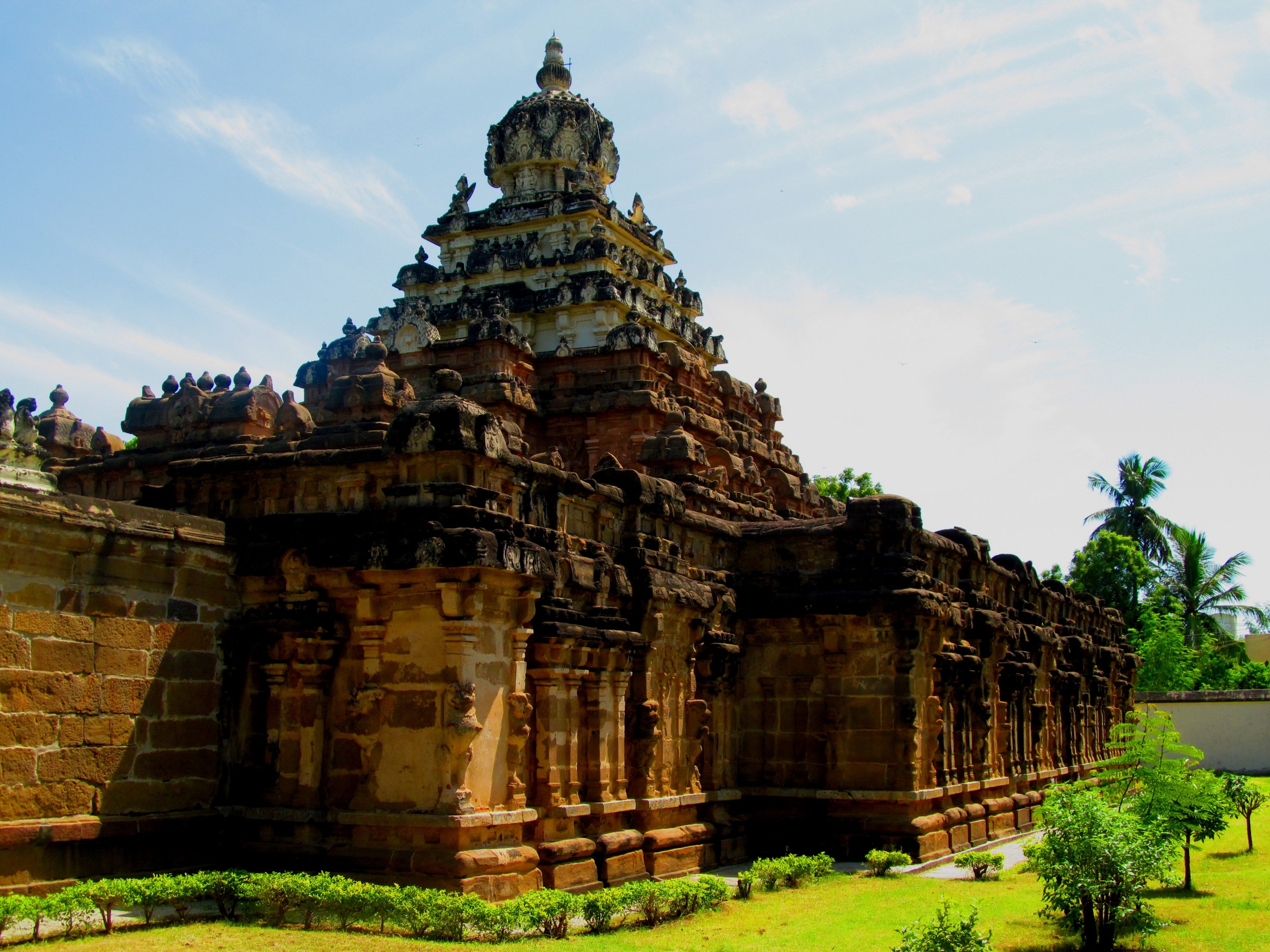
Nandi Varman ruled for about 63 years - the longest reigning Pallava king. Thanks to his vigour, the re-charged Pallava dynasty went on to rule till 897-CE, outlasting their rival Chalukyas by nearly 150 years. That is quite an achievement for an immigrant boy who came from the orient over 1200 years ago! And the figures on the walls of the Vaikunta Perumal temple serve as a reminder of this remarkable connection.
The Pallavas ruled from Kancheepuram, and Mamallapuram was their primary port. This sea-side town has many fascinating stories carved in stone by the Pallavas. Here’s one story about a monument in Mamallapuram that pre-dates even the Pallavas.
Archives
- January 2022
- December 2021
- November 2021
- August 2021
- March 2021
- February 2021
- January 2021
- December 2020
- November 2020
- October 2020
- September 2020
- August 2020
- April 2020
- March 2020
- February 2020
- January 2020
- November 2019
- October 2019
- September 2019
- August 2019
- July 2019
- June 2019
- August 2017
- February 2017
- January 2017
- October 2013
Featured Posts
- Tales that pots tell: Keeladi excavations AUGUST 18, 2021
- The Last Grand Nawab: Wallajah FEBRUARY 10, 2021
- How Tej Singh became Raja Desingu of Gingee FEBRUARY 5, 2021
- How Shahjahan seized the Mughal throne JANUARY 28, 2021
- Alai Darwaza – Qutub Minar Complex, Delhi NOVEMBER 21, 2020
- Marking History through British buildings NOVEMBER 17, 2020
- The last great queen of Travancore NOVEMBER 7, 2020
- Brahmi and the evolution of scripts OCTOBER 15, 2020
- The Cambodian King of Kanchipuram OCTOBER 14, 2020
- James Prinsep – the man who read the writing on the wall OCTOBER 10, 2020
- Mariamman – the Village Goddess who travelled SEPTEMBER 30, 2020
- Misnamed Monuments of Mamallapuram SEPTEMBER 28, 2020








